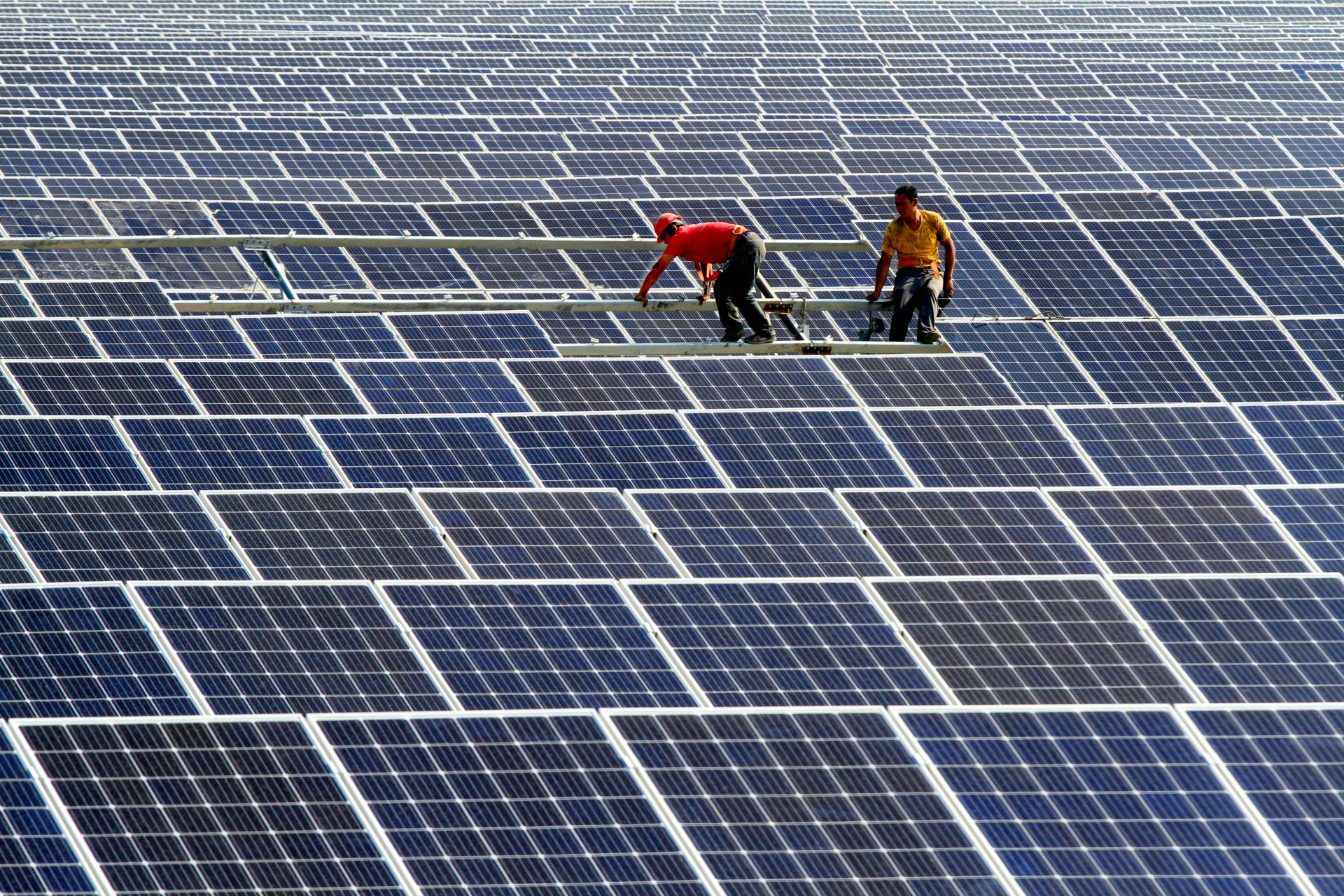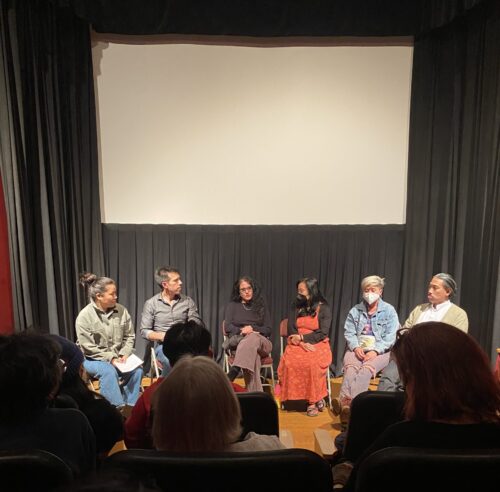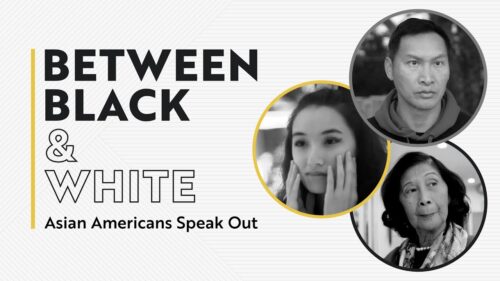The past, present, and future of green finance in China
“Chinese companies want to play a role in international society and economy, and in order to do so, you need to understand the rules of the global stage. CSR sustainability and ESG are part of these rules,” says Peiyuan Guo, co-founder of Beijing-based sustainability investing and consulting firm, SynTao.

As part of Serica’s ongoing “Doing Well x Doing Good” series, which examines the intersection of business and social impact in the U.S.-China space, we are providing highlights from a conversation with Wayne Silby and Peiyuan Guo, founders of Beijing-based sustainability investing and consulting firm, SynTao. The discussion was moderated by Chris Marquis, Cornell professor and host of the China Corner Office Podcast. (Interview has been edited for clarity and length)
Chris Marquis: ESG investing in China is a huge topic, and investment in green and other sustainable development companies is a big priority for companies. But in 2005, when SynTao was founded as a partnership between Wayne and Peiyuan, it was hardly on the radar. Can you tell us what the vision was and why it was important in China to develop an organization around CSR and sustainable development?
Peiyuan Guo: I met Wayne in 2003. He was very interested in Chinese culture and development and we decided to do something different in China. SynTao means synergy and Taoism, which means that we need to work together for an ethical business.
CM: Sustainability issues are really now central to Chinese companies. How have you seen that arc over time of Chinese companies embracing sustainability?
PG: Over the past 16 years, a lot has changed. For one, environmental regulation. 15 years ago, polluting companies could make more money but that’s not true anymore. Polluting companies will have much higher risk. At the beginning we had to do some CSR reporting for Chinese companies and it was quite early; we were one of the first service providers in this area. A lot more companies are publishing ESG reports, driven largely by regulation. The Hong Kong Exchange, for example, started to encourage companies to publish ESG reports. All this regulation change has driven an increase in transparency. From my point of view, we’re more like a bridge. A bridge that connects China to the West and also a bridge between business and NGOs.
Wayne Silby: In the U.S., it was the private sector actually fighting with the government over regulation to expand the impact and the values of investing, whereas in China, it was very much government-driven, which was one major difference.
CM: Especially in the early days, what was the rationale for companies to want to be transparent on these issues?
PG: Companies have different priorities at different stages of their development. Through research, we were able to showcase the value of reporting. But we already raised the concept that we should go beyond reporting. Companies are getting bigger and bigger, and if they want to be long-lasting, they have to manage environmental, social, and labor issues. Chinese companies want to play a role in international society and economy, and in order to do so, you need to understand the rules of the global stage. CSR sustainability and ESG are part of these rules.
WS: What has happened over the years is that if you are an ESG company, there’s a sense that you will outperform. And while I’m not sure that’s true, it is true that you reduce risk. Portfolio managers are looking for companies that have an ESG engagement. Because now there’s a belief that ESG raises your stock price, it’s another reason why companies are open to ESG as it becomes important to financial markets. Our slogan years ago was “Creating Value through Values,” and that’s been a theme of SynTao and Peiyuan.
CM: Do you have any case studies or examples from companies you’ve worked with on how the process of engaging with you has helped them become more sustainable over time?
PG: If you look at the green development of China Mobile, for example, the first step they took was just a charity issue with collecting used batteries. Years later, they did a lot more as part of their Green Action Plan, including improving the energy efficiency of their data center. They did that by asking Huawei to improve their energy efficiency standards. Level 3 is about how China Mobile used information technology to help their clients tackle climate change.
WS: China Mobile was doing a lot of work in rural areas where people were underserved or couldn’t afford services. But they didn’t promote these charitable activities because they were worried users would rather see them reduce their rates. It’s interesting that in the culture where a U.S. company would promulgate these good deeds, China was a little more careful.
CM: As ESG and green [finance] have captured the public imagination, has it overturned prior positions or beliefs?
PG: The new generation will behave very differently from the old. Take the example of Ant Finance Group. Within one year, they developed an Ant Forest app and they attracted about 50 million users. It’s amazing how the young guys want to do social and also green activities. There’s quite a lot of interest in change happening in China.
WS: With millennials, there is a way of thinking that is evolving. I know that with the U.S. and China we have a lot of complicated issues, but I sometimes wonder if the next generation of Chinese will be more connected to other young generations of societies. I think this portends a real healing of some of the differences and traumas of the past that the older generation has been responding to. Questions that millennials are asking, about what kind of world we want to create and how should our companies best work, is propelling this movement.
CM: I’m also interested in discussing the future. From President Xi’s announcement of China becoming carbon neutral by 2060 to the idea of a green recovery after Covid, and now to a new five-year plan, which has a lot of new sustainable investment aspects to it, where do you see ESG and the green finance sector going in the coming years given these macro developments?
WS: We’re thinking of potentially creating a fixed income fund that would invest in Chinese companies pursuing ESG strategies. This would give us an opportunity not just to “check the box” on reporting but also engage on why this can make a stronger company and how a values-based approach can make them more competitive. I see this as a phenomenon that people will be more interested in. I’m kind of a follower of the People’s Bank of China and they’re terrific policy makers there. They’re willing to do short-term pain for long-term gain. Americans don’t like any pain at all, so our Federal Reserve is flooding the country with money. The PBOC is becoming a lot more sophisticated on currency management and we might see the dollar become weaker compared to the RMB.
CM: How is the increasing focus on sustainability and green finance of Chinese domestic companies shaping their outbound investment along the Belt and Road Initiative?
PG: We’re helping some Chinese companies on their overseas investment, particularly to improve community engagement. Normally they would take the government relationship as the priority and the government would help with community relationships. Chinese companies when they go abroad face a challenge that there are too many standards. If you look at the definition of green energy, it varies in different contexts. In China, the government still defines the clean use of coal as green energy according to the NRDC (Natural Resources Defense Council), but this is not the definition in Europe. We’re looking at how to harmonize the Chinese standards with a new EU Taxonomy on Sustainable Finance.
WS: About 20 years ago, we invested in the China Environment Fund. People asked me why I was doing this because the Chinese don’t care about the environment. At the time, you did wonder if there were any standards, but at the same time, you knew it was going to be part of a developing society in the future. We actually doubled our money on the China Environment Fund and it became a go-to cleantech fund. Young Chinese are really a hope for the future, and it’s great to be a part of that evolution and introduce them to whatever bridges we can as a social enterprise.
*
Want to learn more? The Serica Initiative’s China Philanthropy & Nonprofit Newsletter is a monthly deep-dive into the trends, major players, and regulatory environment for philanthropic and nonprofit activity between the U.S. and China. Subscribe to the newsletter here.







